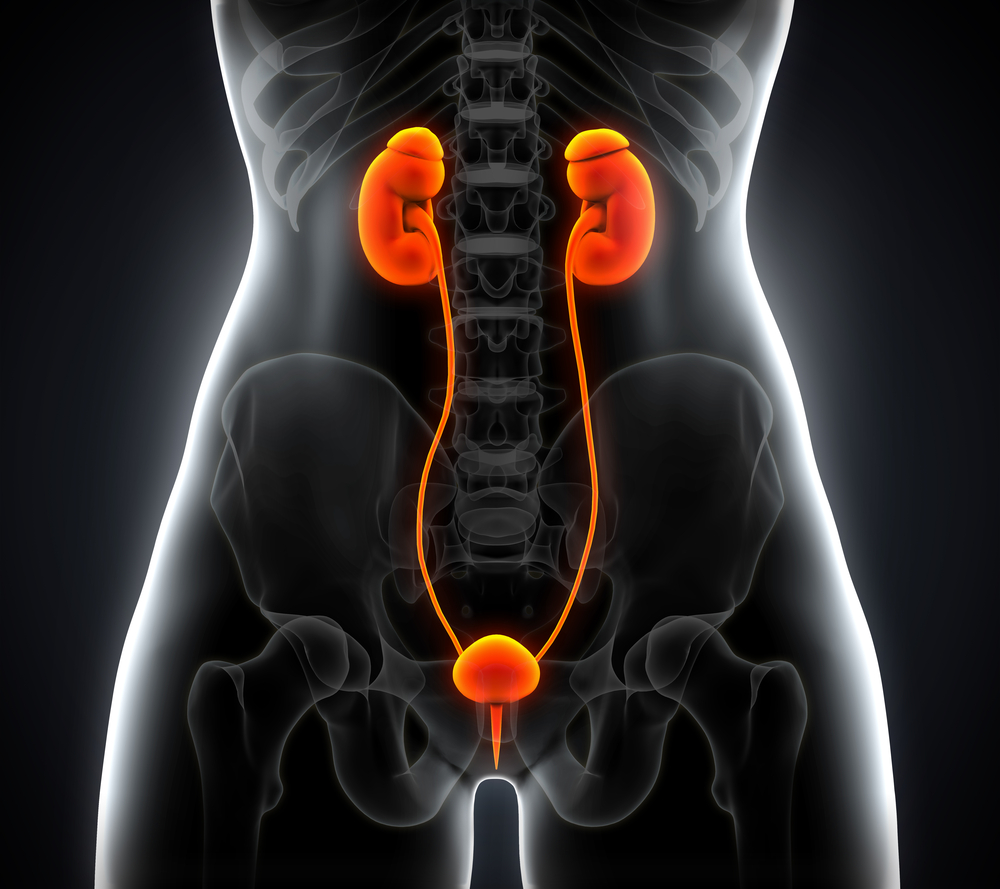Results from a recent study published in the International Journal of Gynecological Cancer show that patients with endometriosis may harbor an increased risk for developing endometrial cancer later in life, with the researchers suggesting closer monitoring for this patient population.
Endometrial cancer is the most common gynecological malignancy in the U.S., with 46,470 new cases and 8,120 deaths from the disease in 2011.
Various conditions, including anovulation, polycystic ovarian syndrome, obesity, estrogen-only hormone replacement therapy, and tamoxifen use, lead to high levels of unopposed estrogen exposure, which have been linked to the pathogenesis of endometrial cancer.
Endometriosis has been found to be associated with some histological subtypes (ie, clear cell and endometrioid carcinoma) of epithelial ovarian carcinoma, known as endometriosis-associated ovarian cancer (EAOC), which is etiologically distinct from other subtypes of ovarian cancer in several aspects.
Although the association between endometriosis and some subtypes of ovarian cancer has been well established, the association between endometriosis and endometrial cancer is not as well defined as that in EAOC.
However, clinical observation has shown that simultaneously detected endometrial and ovarian carcinomas are most often associated with endometrioid subtype, and ovarian endometriosis was identified in approximately 30% of these cases. Hence, there exists a potential association between endometriosis and endometrial cancer.
In the study titled “Increased Association Between Endometriosis and Endometrial Cancer: A Nationwide Population-Based Retrospective Cohort Study,” Chi-Mu Chuang from the Institute of Clinical Medicine, School of Medicine, National Yang-Ming University, Taipei in Taiwan and colleagues, tested the hypothesis that endometriosis may increase the risk for developing endometrial cancer.
Using a population-based national health registry database in Taiwan, the researchers explored the relationship between endometriosis and risk for subsequent development of endometrial cancer in 15,488 cases. Patients with the diagnosis of endometriosis were included as the case cohort. Accordingly, each patient in the case cohort was matched on the basis of age, sex, and index year to 8 randomly identified beneficiaries without endometriosis to build the control cohort.
The researchers found that after a follow-up of 10 years, 392 participants developed endometrial cancer, with 104 (0.7%) distributed in the case cohort and 288 (0.2%) in the control cohort. Results also showed that a higher risk for developing endometrial cancer in the case cohort than in the control cohort.
Age at diagnosis of endometriosis had a moderating effect: at 40 years or younger, the risk for developing endometrial cancer was comparable between the case cohort and the control cohort, whereas when older than 40 years, the risk for developing endometrial cancer was higher in the former group than in the latter group.
Based on these results, the researchers indicate an increased association of endometriosis with endometrial cancer. The pathogenesis in endometriosis and endometrial cancer is complicated and the etiopathogenesis of both disorders is multifactorial, but there may exist a yet unidentified common link. According to the researchers, the putative linking mechanisms between the two conditions may contain both estrogen stimulation and chronic inflammation.

